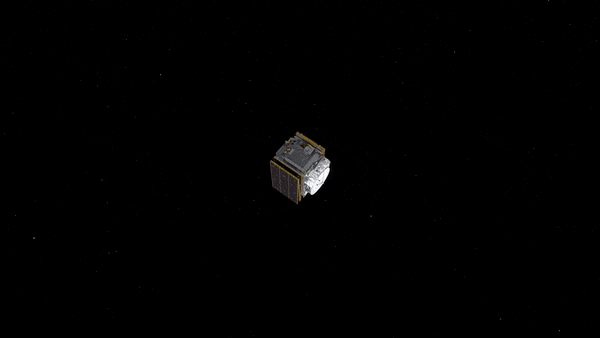
Operating with lower currents than the standard design meant the thickness of solar cell ’metallisation’ on their front side, used to transfer those currents, could be reduced without impeding functionality, while the Germanium backing that the cells were laid down on was also ground away – thinning each one from 150 down to 100 micrometres.
Conversely, the cover glass was thicker than normal, to protect the solar cells against radiation, coated with a nanometre-scale layer of Indium Tin Oxide and interconnected by tiny copper wires to prevent buildups of electrostatic charge from the energetic particles encountered in space – which might otherwise end up influencing results from Juice’s sensitive magnetic and plasma instruments.
Expertise passed on to Europa Clipper
The Azur Space 3G28 solar cells – with substrate panels from Airborne in the Netherlands, laid down by Leonardo in Italy and integrated by Airbus Defence and Space in the Netherlands – ended up becoming the best characterised solar cells for LILT conditions. Accordingly NASA’s Europa Clipper mission to Jupiter made the decision to use exactly the same solar cells – representing not only a technical achievement for Europe but also a notable export success.



